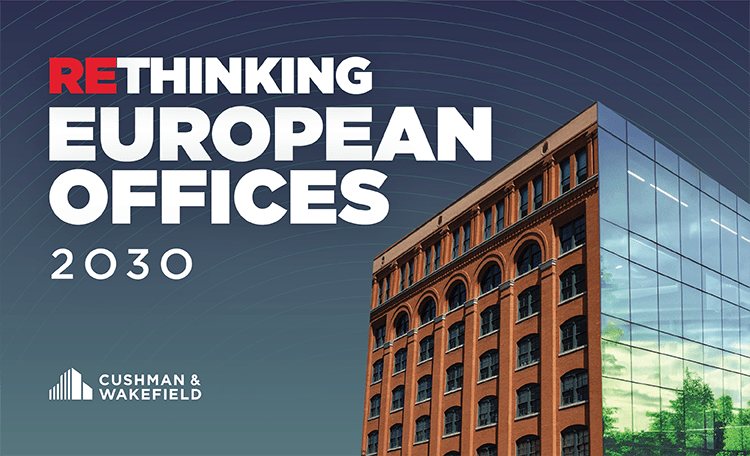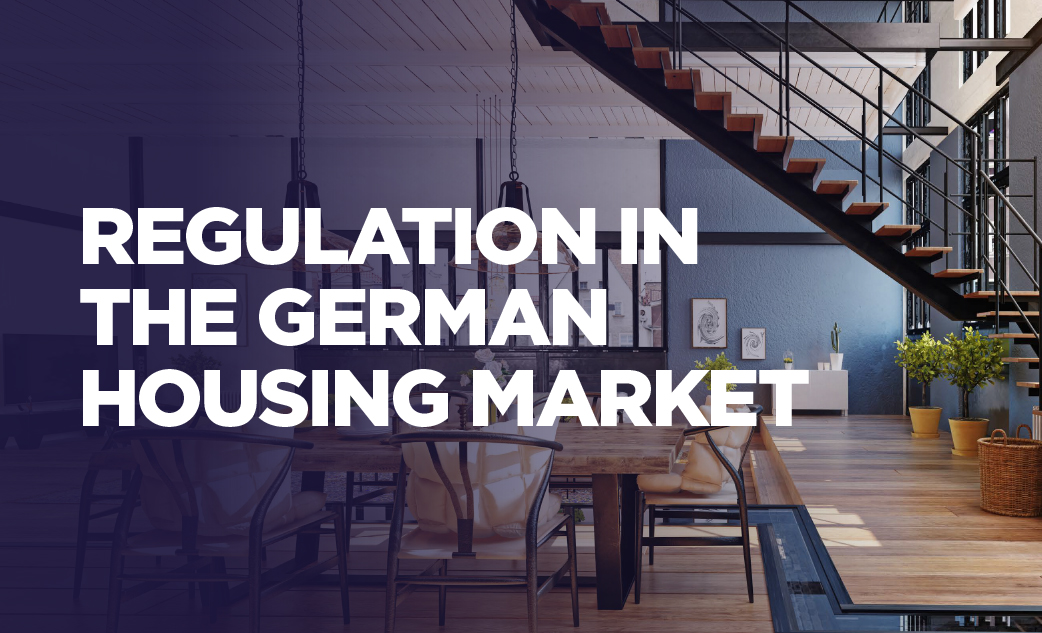- Fit-Out Cost Guide from Cushman & Wakefield for 53 EMEA markets
- German property strongholds remain high-priced in EMEA comparison
- Majority of contractors expect price increases in labour costs, materials and call-out prices
The European office market proved resilient in 2024 despite economic uncertainties. The office take-up volume rose by 5 per cent to 10.3 million m², with half of all letting activity accounted for high-quality buildings in well-connected locations. The recently published ‘Fit Out Cost Guide EMEA Office 2025’ by global property consultants Cushman & Wakefield provides guidance on the expansion and conversion of office space. In its latest edition, it analyses a total of 53 cities in Europe, the Middle East and Africa and offers comprehensive insights into the average fit-out costs for three different fit-out standards.
Martin Wellnitz, Head of Project & Development Services DACH at Cushman & Wakefield, comments: ‘The development costs for office space are generally rising more slowly than in previous years. However, the high price level that is foreseeable in the long term and a change in user behaviour are increasingly prompting companies to plan their real estate portfolio more strategically. Wellnitz continues: ‘Our Guide helps users to plan budgets in the early phases of site planning and to define main cost blocks for furniture, audiovisual equipment including IT and fees for their fit-out projects, for example.’
Germany continues to have high office fit-out costs
The average costs for fit-outs of comparable quality in the German centres of Berlin, Frankfurt, Munich and Hamburg are within a narrow corridor and have continued to rise as in previous years, albeit at a fairly moderate rate of around 2 percent in all four cities. Medium-quality office furnishings cost around 2,300 to 2,500 euros per square metre, with Berlin at the lower end and Hamburg at the upper end of the scale. This means that the costs in the German centres are still only exceeded by London with EUR 2,671/m². In comparison, prices in Germany are therefore significantly higher than the EMEA average (EUR 1,453/m² across all markets with average fit-out), while the increase in average fit-out prices was slightly higher than in Germany at +3 per cent.
A similar trend can also be seen in dismantling costs for mid-range properties: They are uniform in Berlin, Frankfurt, Hamburg and Munich at an average of EUR 201/m².
In Martin Wellnitz’s opinion, the long-term high-level expansion costs require a more determined examination of the issue: ‘Owners see the need to invest in their portfolios. When moving in or undergoing fundamental renovations, users want to offer their employees a working environment that is optimally tailored to them – even more so than in the past. All this against the backdrop of increased requirements for sustainability and technology with tighter economic packages. This increased complexity requires early and detailed coordination between the parties in order to bring together the interests of users and portfolio holders. This is essential. Wellnitz continues: "Because there is a great opportunity in the investment, especially with regard to the preservation of the value of the individual property and entire portfolios. As project managers with decades of experience in the implementation of office projects, we lay the foundation and build bridges for the sustainable use and management of commercial real estate.’
The chart linked provides an overview of the relative cost shares.
However, the costs in several other British metropolises (Manchester, Birmingham, Glasgow) and in the Irish capital Dublin come close to the four German cities. Average fit-out costs in some Middle Eastern locations such as Kuwait, Doha and Riyadh are also estimated to be just under the EUR 2,000 per square metre threshold.
Survey on market sentiment on the contractor side
The results of Cushman & Wakefield's first EMEA-wide contractor sentiment survey of more than 50 contractors in the EMEA region confirm that order books remain well-filled and that the phase of strong upward price pressure is a thing of the past.
The results of the survey at a glance:
- 45 per cent stated that staff workloads have increased in 2024 compared to 2023
- 55 per cent expect their prices to rise in the next 6 months
- 67 per cent expect labour costs to increase in the next 6 months
- 62 per cent expect material costs to increase in the next 6 months
- 46 per cent stated that customers will have spent more on ESG in 2024 compared to 2023
Over the next six months, most general contractors surveyed still expect costs for labour, materials and trades to rise slightly as inflationary pressures gradually ease.
According to Moody’s Analytics, real wage growth will be just under 3 per cent in 2025, with a further slowdown in 2026. Prices for energy, metals and oil are expected to fall in 2025, which is in line with the trend towards a normalisation of prices in 2024. Project durations have also stabilised and most contractors have absorbed the supply chain fluctuations well.
Martin Wellnitz concludes: ‘Overall, these results also confirm that the markets are successfully navigating through a complex cycle. However, moderate increases must still be taken into account when calculating costs, especially due to the complex macroeconomic situation. To summarise, the sustainably high price level contributes to a more conscious use of the available resources – building stock, materials, investment funds, personnel.’






